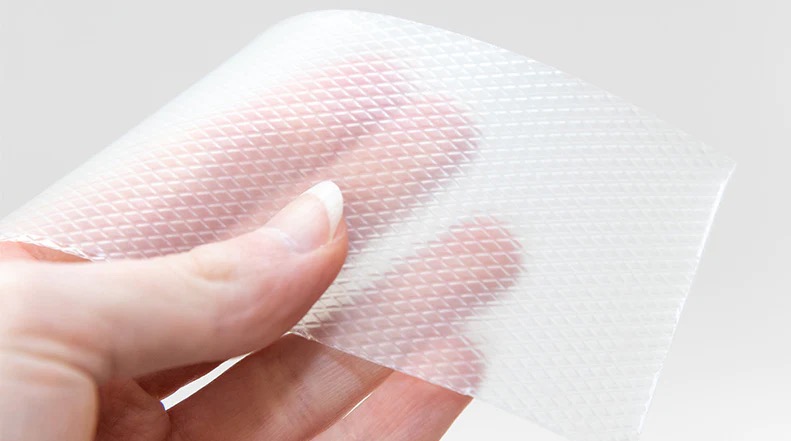+86-13928321129
jiahewell@jhzhb.com
- All
- Product Name
- Product Keyword
- Product Model
- Product Summary
- Product Description
- Multi Field Search
 English
English English
English
As an important polymer material, silicone gel is widely used in electronic packaging, medical devices, building sealing and other fields. Its magic lies in its ability to transform from a liquid state to an elastic solid state, and this transformation process is called curing. Understanding the curing principles and technologies of silicone gel can not only help us use this material better, but also help us find solutions quickly when problems arise.
1. Basic principles of silicone gel curing
1.1 What is curing?
Curing refers to the process of silicone gel transforming from a flowing state to an elastic body with a three-dimensional network structure. This process is like:
Liquid water → solid ice (physical state change)
Dough → toast (chemical structure change)


1.2 Chemical nature of curing
Silicone gel curing is mainly achieved through cross-linking reaction:
Linear molecules → three-dimensional network structure
Molecular weight from thousands → hundreds of thousands
Fluidity disappears, elasticity appears
II. Detailed explanation of the three major curing technologies
2.1 Condensation curing (room temperature curing RTV)
Working principle:
Reaction is triggered by moisture in the air, releasing small molecular by-products (such as ethanol)
Features:
Curing speed: 2-24 hours
Advantages: No heating equipment is required
Disadvantages: Shrinkage and odor may be generated
Typical application: building sealant
2.2 Addition curing (thermal curing)
Working principle:
Silicon hydrogen addition reaction is triggered by platinum catalyst
Features:
Curing temperature: 80-150℃
Advantages: No by-products, dimensional stability
Disadvantages: Heating equipment is required
Typical application: electronic packaging
2.3 Ultraviolet light curing (UV curing)
Working principle:
Ultraviolet light triggers photosensitizer to produce free radicals
Features:
Curing time: a few seconds to a few minutes
Advantages: ultra-fast, energy-saving
Disadvantages: limited to thin layer curing
Typical applications: optical coatings
III. Key factors affecting curing
3.1 Effect of temperature
The reaction rate increases by 10°C for every increase in temperature
But too high a temperature will cause the catalyst to deactivate
3.2 Effect of humidity
Condensation type curing requires an appropriate amount of moisture
Too low humidity will delay curing
3.3 Thickness restrictions
Addition type: recommended <10mm
Condensation type: recommended <15mm
UV type: recommended <2mm